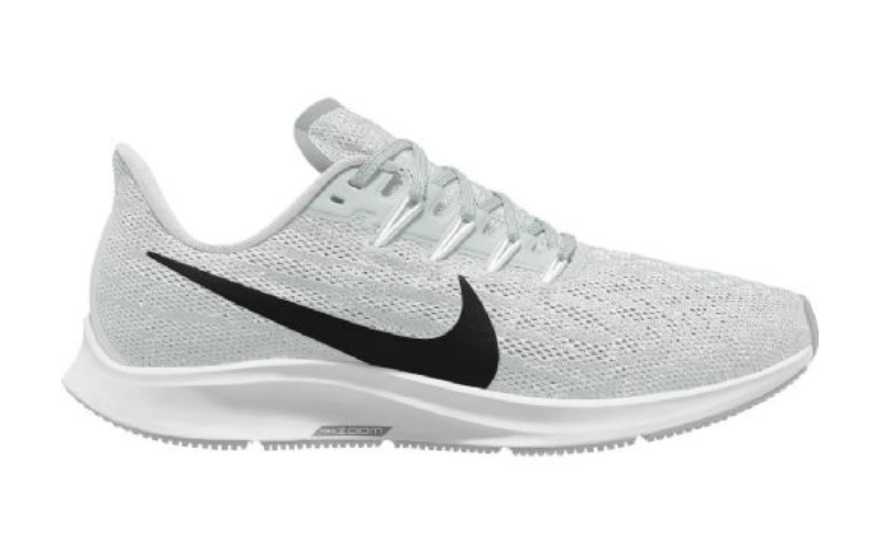About twice a month, I spend an hour looking at the 400+ sneakers on Nike.com, narrowing them down to my 5 favorites, and deciding which to buy when I’m no longer a student. I know I’m not the only one with this kind of ritual. And it’s because Nike sneakers are some of the highest-performance sneakers (and works of art) on the planet.
Recently, I got to see how some of my favorites have evolved from concepts to physical products that I—and many people around the world—covet. Tara Schick, a Nike product manager and UW-Madison alum, visited the Center for Brand and Product Management to walk us through Nike’s product development processes.
We looked at a few different shoes: the Vapormax Flyknit Explorers (currently in my top-five list), the shoes featured in Breaking2, and one of Nike’s most popular running shoes of all time, the Pegasus. These shoes are very different aesthetically and they meet very different functional needs. But they all start the same way: with a brief. In it, the product manager articulates the consumer need she wants to address based on findings from the data, inspiration from marathoners, or even input from the big-name athletes who frequent the Nike campus.
After the brief, the product follows a relatively nonlinear path that involves design and development. And this is where things get interesting. We’ve all heard that innovation is part art, part science. At Nike, that phrase really means something: The art is just as important as the science. To reach stores, a shoe must pass the “gut feel test,” which isn’t anything formalized—no form or process or review committee. Rather, stakeholders weigh in on the question: “Does this product feel right to you?”. If the answer is “no,” even if all the numbers align, Nike abandons the project or reworks it. Some shoes, like my beloved Vapormaxes, get so hung up in this “gut feel” process that they take years (15!) to come to fruition. And just like a lot of art, there may not be any rhyme or reason to the answer “Does this feel right?”. It’s intuition and feeling and years of experience. So many unquantifiable things that come together in a simple “yes” or “no” response.
As a marketer, I can’t wait to learn the unquantifiables that help me be both artistically and scientifically in my work. Until then, I’m happy to know that when I buy expensive sneakers because I think they’re artistic, that is a legitimate justification.
